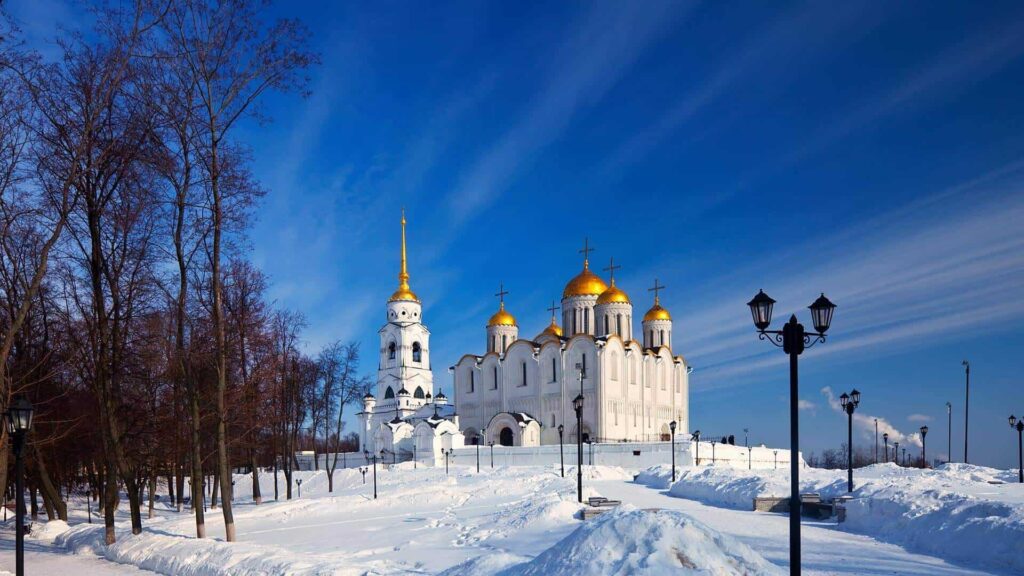India is a land of great diversity and rich culture. It is also home to many places that tourists cannot visit. India forbids these places. They are often shrouded in mystery and danger. They are restricted for reasons such as security, protecting tribes, and preserving wildlife. Here’s a detailed look at such places where tourists are not allowed.
North Sentinel Island, Andaman and Nicobar Islands
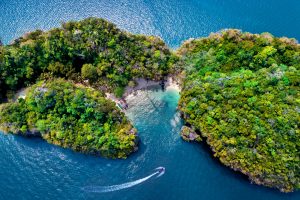
North Sentinel Island is home to the Sentinelese tribe. They are one of the world’s few remaining uncontacted tribes. The Indian government blocks any contact with the tribe. They do this to protect their way of life and to prevent the spread of diseases to which they are not immune. The Indian Navy keeps a watch over the region.
Bhangarh Fort, Rajasthan

Bhangarh Fort is regarded as one of India’s most haunted locales. The Archaeological Survey of India has banned entry after sunset. Entry is also banned before daybreak. This is due to many reports of paranormal activity.
Upper part of Pangong Tso, Ladakh
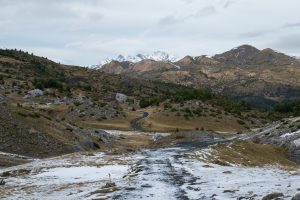
Pangong Tso is a well-known tourist site in India. But, most of the surrounding land is off-limits to visitors. About 50% of the lake is in disputed territory. The Line of Actual Control (LAC) separates Indian territory from the Chinese. It passes across the lake. So, visitors can only explore the area of the lake located on the Indian side.
Aksai Chin, Jammu & Kashmir
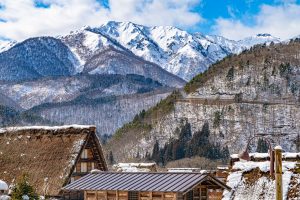
Aksai Chin is a paradise for explorers and adventurers. It has pure salt lakes, valleys, gorges, salt plains, and the beauty of the Karakash River. Despite its appeal, this location is in one of India’s restricted zones. A long dispute involves it.
Siachen Glacier, Jammu & Kashmir
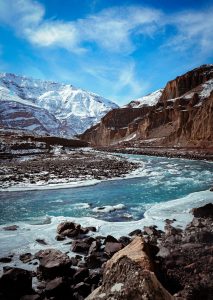
Siachen Glacier is among the world’s highest and most inhospitable battlefields. It is severely restricted due to the harsh conditions and military presence. Tourists can visit the civic tourism facilities near the Siachen Base Camp. They can do this without special permission. The basecamp is located at an altitude of 12,000 to 15,000 feet in the Eastern Kumarakom range of the Himalayas. Tourists can only go up to this point.
Mount Kanchenjunga, Sikkim
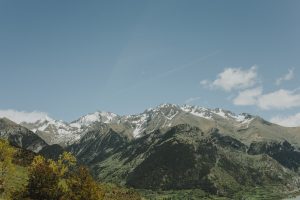
Kanchenjunga in India might be accessed from Sikkim via the Goecha La trek route. However, climbing Kanchenjunga is prohibited since it is a Buddhist sacred site. Even camping is not permitted after Lamuney, a place nearby.
Must Read – 7 Mysterious Temples of India
Barren Island, Andaman
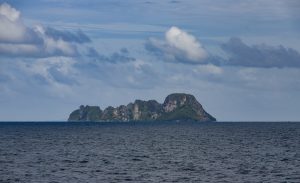
Barren Island sits on the seismically active Andaman Sea tectonic plates. It is home to India’s only confirmed volcano. The island’s beauty is visible from afar on a ship. But, you cannot go to the island. The island’s name derives from its uninhabited condition.
BARC, Mumbai
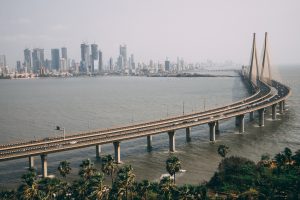
BARC is India’s top nuclear research facility. It is in Mumbai and not open to tourists. Visitors, except researchers and students, can’t enter for security reasons. Only these people may access the area. But, they can only do so after a series of clearances from the government.
Cholamu Lake, Sikkim
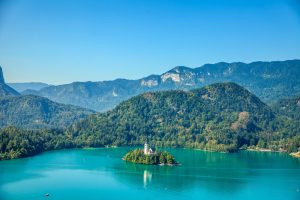
Also known as Tso Lhamo Lake, this is one of the world’s highest lakes, yet it is unavailable to tourists. It is one of India’s restricted zones, located just a few kilometers from the Tibetan border. Sikkim’s army and police/administration have exclusive access to Cholamu Lake.
Lakshadweep Islands
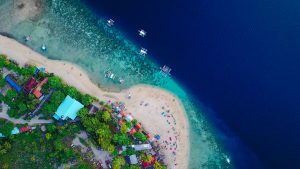
Lakshadweep is a group of 36 islands. It bans tourists from most of them for many reasons. These include local interests and the islands’ use as a naval base. You can get permits for some islands. These include Agatti, Bangaram, Kadmat, Kavaratti, and Minicoy.
Jatinga, Assam
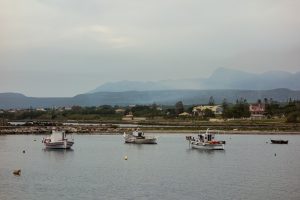
Jatinga, a small village in Assam’s Borial Hills range, is also known as the ‘Valley of Death.’ From September to November, hundreds of local and migratory birds fly at high speeds. They fly onto the ridge, trees, and buildings. They die there. Entry to Jatinga, an otherwise lovely highland station, is even restricted at night.
Manas National Park, Assam
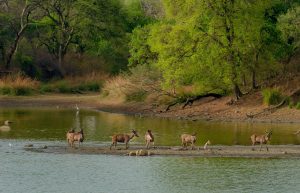
Three ranges divide Manas National Park. They are Bansbari (Central), Panbari (Western), and Bhuyanpara (Eastern). Tourists are not permitted to enter the center zone of the Bansbari range.
Conclusion
India has banned areas. They include the fascinating North Sentinel Island and the eerie Bhangarh Fort. These areas are intriguing and restricted. India has restricted regions. They show the country’s dedication to conserving its varied history. The regions also protect endangered species and maintain national security. These sites are still off-limits. But, they continue to cause curiosity and amazement. They remind us of the variety of secrets and dangers that exist beyond modern tourism.


